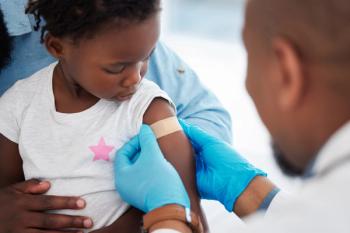
Measles makes a comeback
Between January 1 and October 31 of this year, the Centers for Disease Control and Prevention confirmed 603 cases of measles in 22 states-the highest number since 1994-marking a striking resurgence of a disease that was declared eliminated in the United States in 2001.
Between January 1 and October 31 of this year, the
The cause is twofold, according to a recent
Measles is endemic or epidemic in some countries in Europe, Asia, and Africa. This year so far at least 48 cases of measles have been brought into the United States by travelers from more than 30 countries, especially the Philippines, where a large measles
Once introduced from abroad, measles can spread among the unvaccinated. The hazard is compounded by a gradually increasing number of children whose parents choose not to have them vaccinated for nonmedical reasons-that is, philosophical objections arising from the belief that vaccinating is riskier than not vaccinating. The more children who remain unvaccinated, the less protection offered by
Measles is highly contagious. An infected person can spread it to 12 to 18 susceptible contacts. The disease often leads to complications, including otitis media, diarrhea and dehydration, pneumonia, and encephalitis. An estimated 0.2% to 0.3% of infected persons in the United States die of measles; the death rate in developing countries is as high as 2% to 15%.
The
To get weekly clinical advice for today's pediatrician,
Newsletter
Access practical, evidence-based guidance to support better care for our youngest patients. Join our email list for the latest clinical updates.










